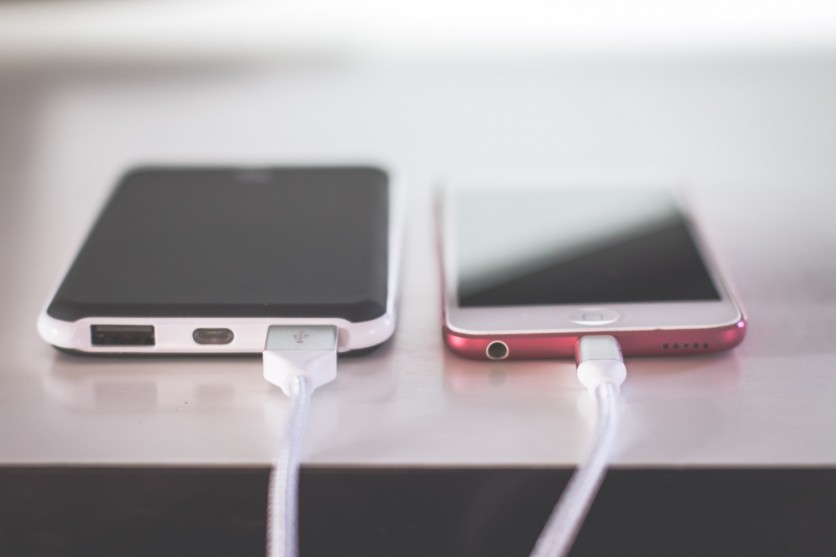
A new technology invention was recently created by scientists at the University of Massachusetts Amherst. This invention would make smartphones or any other kinds of the phone take non-stop usage as they discovered a method of generating electricity using a natural protein that will produce energy from the moisture in the air. Sounds interesting, right?
Shocking! A new way to charge your phone without charging it again is now possible!

Although wireless charging is now a normal thing for most people, the idea that a cellphone can have non-stop phone battery life is like a dream come true for most people that can't get enough of their smartphones every day.
That is what Nature website published on Monday, Feb. 17, electrical engineer Jun Yao and microbiologist Derek Lovley of UMass Amherst discovered and developed a device that will make the 'non-stop phone battery life' possible in an instant. However, it might take time.
According to their findings, they have had developed a machine called 'Air-Gen' or air-powered generator that is built with protein nanowires that turned out to be a conductor that can transmit electricity.
"We are literally making electricity out of thin air," says Yao. "The Air-gen generates clean energy 24/7." Lovely, who has advanced sustainable biology-based electronic materials over three decades, adds, "It's the most amazing and exciting application of protein nanowires yet."
How to use air-gen?
Air-Gen, according to the study, can be used, requiring only a thin film of protein nanowires less than 10 microns thick. The bottom of the protein nanowires has an electrode that has a smaller electrode inside. This part will absorb the water vapor that is coming from the atmosphere-- this will then help on producing electrical current on both electrodes.
As clarified by the researchers, even the most low-humidity places such as the Sahara Desert can benefit from using Air-Gen since the device only needs a little amount of water vapor from the atmosphere-- making it function without sunlight, wind, or even indoors.
The Air-Gen is said to be connected to protein nanowires that can be compared when an electrical current is produced through water vapors naturally surrounding in the atmosphere.
Air-Gen: An alternative charging method that uses clean, renewable, and low-cost energy
As also explained in their study, Air-Gen is a technology that is safe to use, can produce renewable energy, and even cost lower compared to other wireless charging devices.
Sadly, this device not yet available on the market. However, Yao said that they would soon produce more Air-Gen devices in order to allow the public to use their invention anywhere they go.
"The ultimate goal is to make large-scale systems. For example, the technology might be incorporated into wall paint that could help power your home. Or, we may develop stand-alone air-powered generators that supply electricity off the grid. Once we get to an industrial scale for wire production, I fully expect that we can make large systems that will make a major contribution to sustainable energy production."
Though the target device that they wanted to power up, and these are cellphones, it is still currently impossible. They are now looking forward to trying it on devices requiring smaller electricity units such as fitness watches and trackers.
Once they've achieved it, nothing is impossible anymore.
ALSO READ: Bacteria That Can Conduct Electricity Could Be Key To Making Very Small Batteries
ⓒ 2025 TECHTIMES.com All rights reserved. Do not reproduce without permission.




